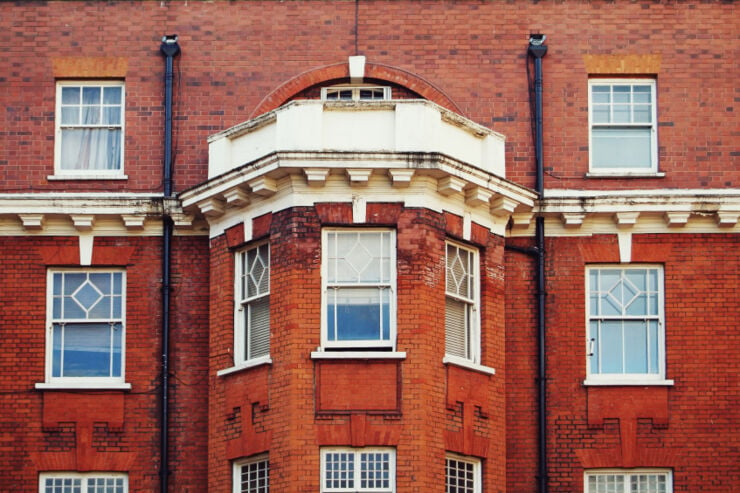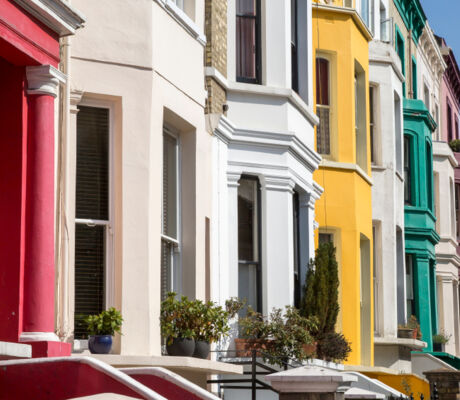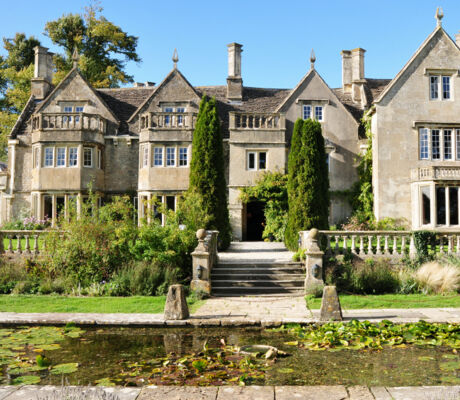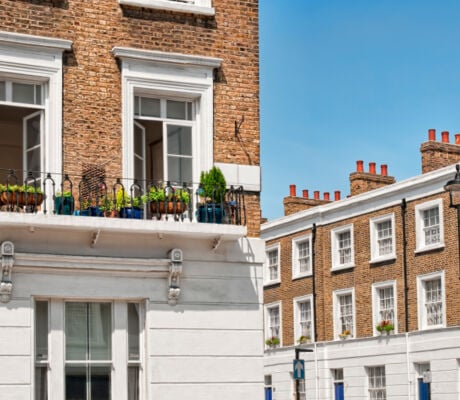For over four years the Bank of England Base rate has been at its record low of 0.5 percent. Millions of borrowers with variable and tracker rate mortgages have seen their repayments fall and remain at this unprecedented level. And, may experts don’t expect the Base rate to rise before 2017 at the earliest.
With the Base rate so low and no prospect of an increase, you would expect a significant proportion of large mortgages to be taken out on variable or tracker rate deals. However, the reverse is true. New figures from the Council of Mortgage Lenders show that over four in five new mortgages were taken out on a fixed rate in the first three months of 2013 – the highest proportion since figures began in 1993.
Why are so many people taking their high value mortgage on a fixed rate? We investigate.
Four in five borrowers taking on fixed rate mortgages
New data published by the Council of Mortgage Lenders reveals that 83 percent of new mortgages taken in the first three months of the year were on fixed rates. According to the Daily Telegraph, ‘that is the highest proportion since the industry began gathering such figures in 1993.’
Back in 2010, just 50 percent of borrowers took out a fixed rate deal when the average rate was 4.44 percent.
So, why are people taking out fixed rate large mortgages when the Base rate is so low?
“It is simply because the best fixed rate deals are now on a par with the best tracker deals,” says Islay Robinson, CEO of London mortgage broker Enness Private Clients. “If fixed rates are now as cheap as the equivalent tracker deal, it makes sense to take a fixed rate. There is basically only one way that tracker deals can go and so, if your payments are going to be the same, why wouldn’t you protect yourself against the Base rate going up?”
Recent controversial decisions by some banks – most notably the Bank of Ireland – to increase the margin over Base that they charge borrowers have also put many people off tracker rates.
Mr Robinson adds: “The price of fixed rates is partly determined by expectations of where the Bank of England Base rate will be in the future. Over recent months it has become ever clearer that the Base rate is set to stay low for several years, with the first increase now expected in late 2016 or early 2017.
“The expectation of low rates coupled with banks and building societies gaining access to cheaper money through the Funding for Lending scheme have driven down the price of fixed rates. The average fixed rate is now just 3.62 percent, down almost half a percent on the typical deal just a year ago,” he adds.
If you are thinking of taking out a fixed rate deal, however, it could pay to wait further. The Telegraph predicts that ‘in the short term, consumers should expect further falls in mortgage and savings rates’, partly due to the extension of the government’s Funding for Lending scheme until January 2015.





